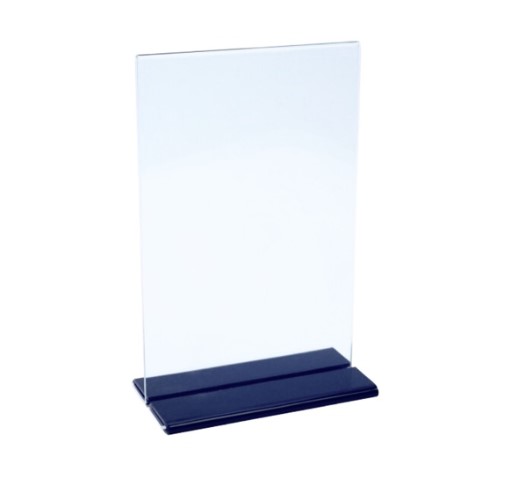Mica is a remarkably versatile and beautiful product. It’s very easy to use and can add a lot to your work.
If you are using mica, you will need a clear sealant in order to prevent the color from leaking or flaking off. You should also test out the mica and the pigments on a smaller project before you use them for a bigger one.
Sheets for engraving
Mica sheets are crafted through an intricate manufacturing process, which transforms the natural beauty into sheets used in industries across the globe. Their distinctive makeup and specific uses make the mica sheets valuable for industries that range from electrical to cosmetic, and from automotive design to industrial manufacturing.
Mica sheets are available in a range of thicknesses and grades, depending on the application. They are versatile and are suitable for a range of uses, including electrical insulation, construction of high-temperature equipment, and thermal resistance.

Our Standard Laser Polymer emits a pleasant lemon scent when the process of engraving and washing out, making it ideal for general stamping or self-inking stamps that use regular inks for stamps. It is durable and is cut cleanly.
Tools for engraving
The past saw engraving used for three main purposes: Art, worship and record keeping. It can be found in ancient pottery sculptures, stone carvings, as well as cave drawings. In the past, engraving was made with various tools of different sizes that scratched on the surface of the material to form the appearance of a message or design.
Engraved objects are typically utilized to express appreciation for a customer, provide a business with promotional items or for personal use, such monograms for shirts glasses, bags and much more. It is a great way to add personalization to any item.
Laser engraving is an easy and fast way to create images onto wood or other surfaces. The high temperature and pressure allows it to create intricate and detailed designs into the material.
Sand carving is a basic method that resembles engraving, but doesn’t require the same skills or precision. This kind of engraving creates the appearance of frost and is perfect for marble, glass and other stones. It’s also a good option for people who are just getting started in the field as it’s easy to learn menu mica a4.
Muscovite Mica Art
It’s a silicate mineral which occurs as colored and odorless plates or flakes. It is a frequent element in igneous rocks, especially granitic rocks, such as granite pegmatites. It can also be found in metamorphic rocks, such as gneisses and schists. Muscovite and phlogopite comprise the two major micas used in the field of commerce. The two micas are extracted by hand in India and Madagascar under poor conditions. The mining of mica presents a significant occupational health hazard and inhaling mica dust is known to cause the condition known as silicosis.
While it is used most commonly as a paint pigment, muscovite can also be present in drywall and plaster and electrical insulation. It is also used as a lubricant that helps keep asphalt and rubber products from sticking together during shipping and storage. This mud additive is utilized in exploration of oil and gas because it can withstand high temperatures and pressures as well as lubricate drill bits. Ground mica can also be used to fill resins, plastics and to suspend solid particles in paints and gels.
Mica Craft Techniques
Mica craft techniques let you create stunning, sparkling effects to your homemade projects. They are a stunning alternative to resin and mixed media, and they also help make your polymer clay creations pop. Paper crafts too can be enhanced by mica to create stunning backgrounds and overlays.
Mica powder can be used to apply glitter easily when painting or scrapbooking. Mix mica powder and isopropyl Alcohol in the spray bottle to make glitter sprays to use for paper craft.
Use mica in epoxy resin to create a unique and unique method. It’s a great way to give art a 3-D look. This is especially useful when it comes to photographs. You can print the photograph twice – once on normal paper and once on mica. You can then put it on surface of the epoxy to make the subject stand out. It is also possible to add mica to a Mod Podge glaze to create an effect of decoupage. Be sure that the amount you apply isn’t too large as it could cause a tint to the glaze.
Polishing Mica
Mica can be mixed into clay to create sparkle and shine. This is particularly useful in bringing the color of polymer clays that are translucent. Mica can also be used in gilding waxes that highlight ornate moldings or carvings and give the clays the appearance of metallic.
Mica powder is a pigment that resembles glitter that is fine and is available in a variety of shades. It’s available in the natural (muscovite), synthetic or both forms. It’s commonly used to give paper crafts, epoxy resin, and other products a shimmer or pearlescent glow.
In jewelry making, mica can be applied to the surface using the help of a slip, and then fired to form a slick coating that resists fingerprints and other marks. Mica can also be carved into glass, or sprayed on to add designs and textures.



